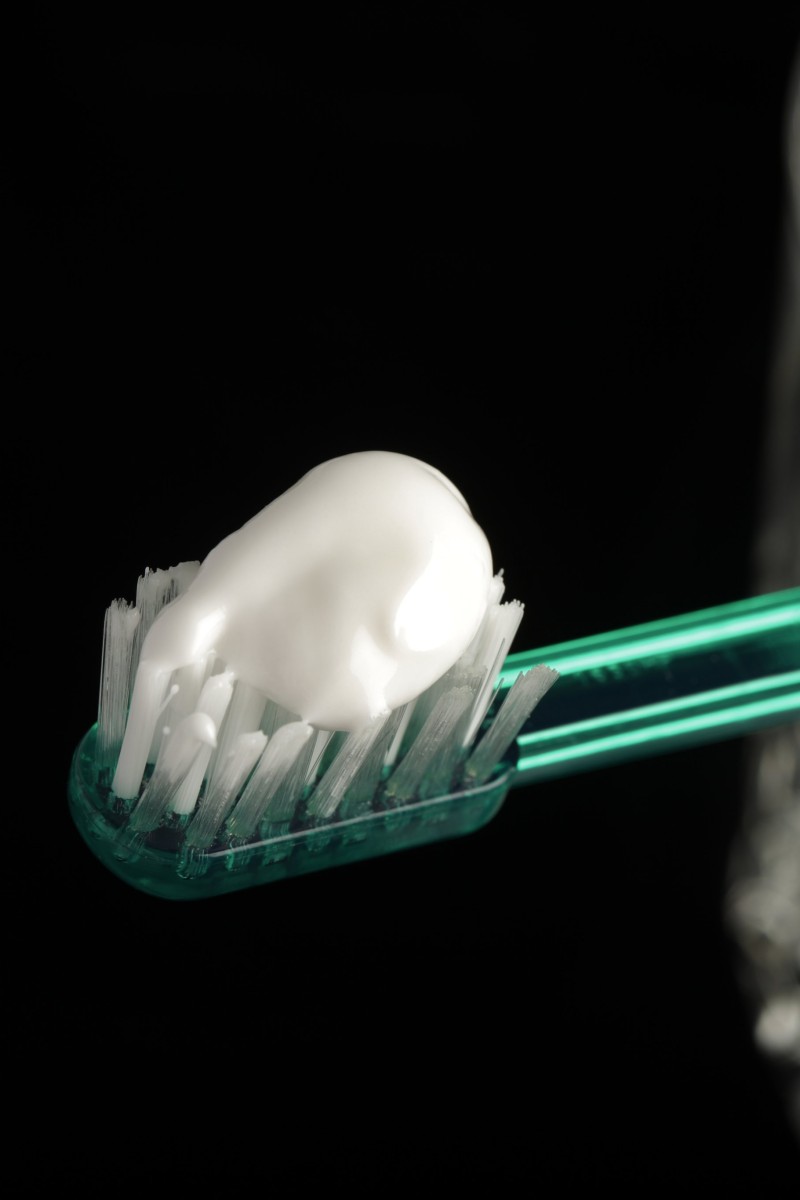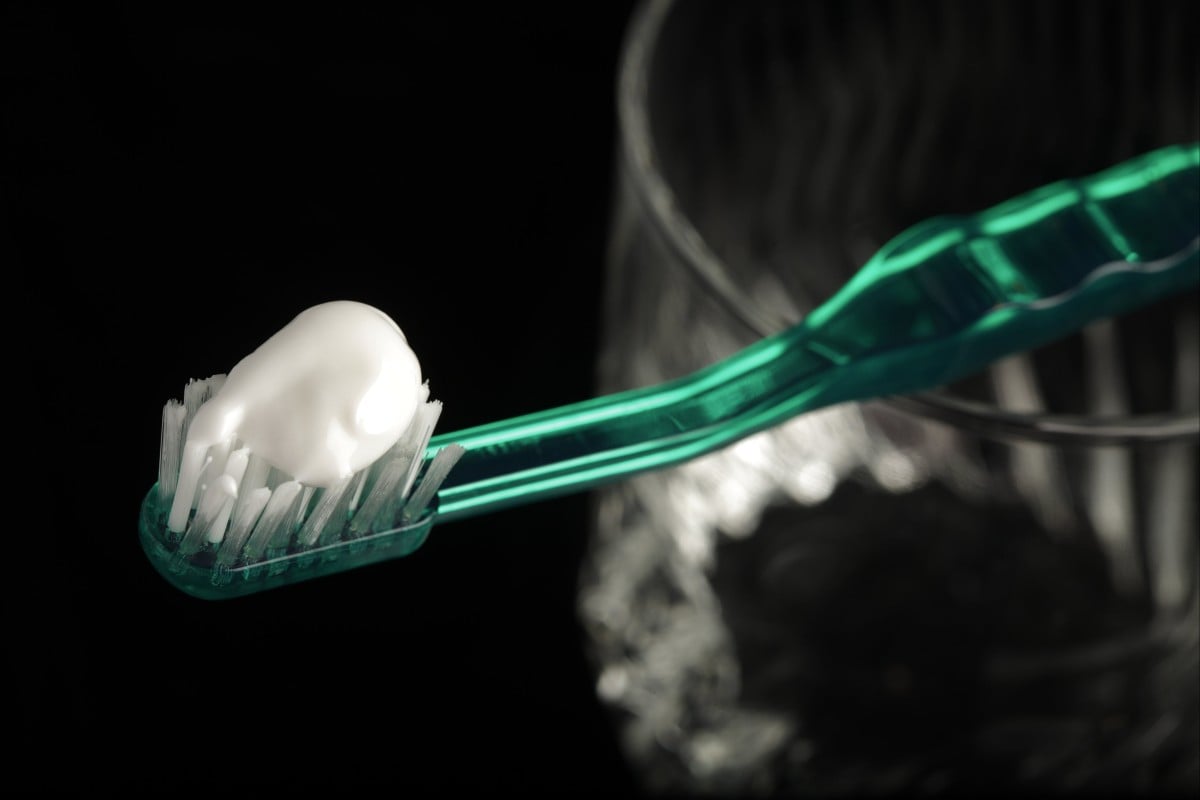
What is fluoride, and how does it boost oral health and prevent tooth decay?
Found in water, food, toothpaste and dental treatments, this naturally-occurring mineral has been proven to significantly reduce cavities.
 Fluoride in drinking water reduces cavities by 25 per cent, experts confirm. Photo: AP
Fluoride in drinking water reduces cavities by 25 per cent, experts confirm. Photo: APFluoride helps prevent tooth decay and makes your teeth stronger. In fact, it is often called “nature’s cavity fighter”. It can be found in drinking water, some food and beverages, toothpaste, mouth rinses and dental treatments such as fluoride varnish.
Fluoride is a natural mineral that can slow or stop tooth decay, also known as cavities (see graphic). It does this by making the surface of our teeth – the enamel – stronger.
Fluoride is naturally present in all bodies of water on the planet. Drinking water naturally contains fluoride, and the level depends on where you live. When scientists found fewer cavities in children who drank water with what we now know to be adequate natural fluoride levels, they discovered the power of fluoride to prevent dental decay.
In many countries, a tiny amount of fluoride is added to public water supplies to adjust the level to one known to fight cavities. This process is called “community water fluoridation.”
The American Academy of Paediatrics, the American Dental Association and the Centres for Disease Control and Prevention agree that community water fluoridation is safe and helps protect oral health.
Fluoridation benefits people of all ages. After the United States started community water fluoridation in 1945, dental decay rates and complications like toothaches from abscessed, decayed teeth plummeted, as well as total tooth loss in adulthood.
The oral health of US children and adults has significantly improved because fluoride is widely available in community water and toothpaste. Drinking water with the appropriate amount of fluoride can reduce the rate of cavities by 25 per cent.
In countries where it is not possible to add fluoride to the water supply, it is added to table salt instead.
Fluoride can also have adverse effects. Consuming too much of it can cause your teeth and bones to become brittle. This can lead to a condition called skeletal fluorosis. Symptoms include pain in the bones and joints, paralysis and even deformation of the spine and joints. However, it is difficult to reach toxic levels of fluoride because products with the mineral generally have a small amount.
In Hong Kong, 0.5 ppm (parts per million or milligrams of fluoride per litre of water) of fluoride is added to drinking water. The amount of fluoride in fluoride toothpaste is much more concentrated, at about 1,000 ppm.
It is essential not to use too much toothpaste and to avoid swallowing it. Though swallowing a small amount of toothpaste is fine, ingesting too much fluoride can cause nausea and vomiting. This is also why dentists recommend using only a pea-sized amount of toothpaste.
Remember to spit out excess toothpaste and avoid rinsing your mouth with water after brushing your teeth. This gives the fluoride in the toothpaste time to do its work.
University of Hong Kong students turn food waste into dog toothpaste
Find out more
Is fluoride only found in toothpaste?
Fluoride is a mineral that occurs naturally in many foods and water. Brewed black tea and coffee naturally contain fluoride as the plants absorb the mineral from the soil. Shellfish may also contain fluoride, as it collects in their shells and muscles.
Fluoride can be found in foods such as oatmeal, raisins and potatoes. However, these amounts are tiny, and eating these alone will not protect your teeth.
In addition, most bottled water does not contain fluoride. This means that only drinking bottled water can increase the risk of tooth decay.